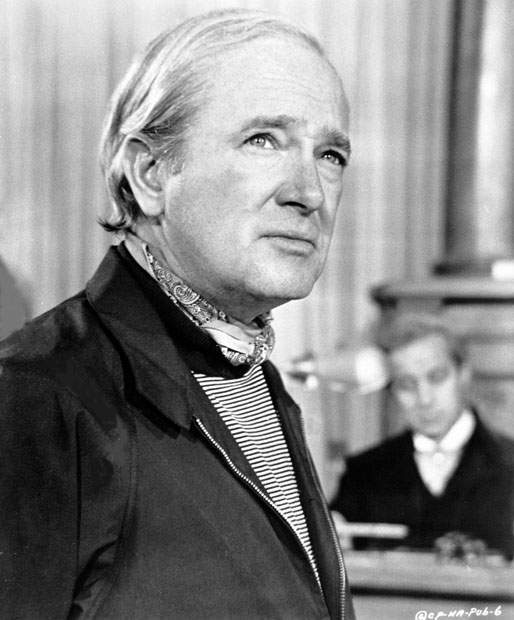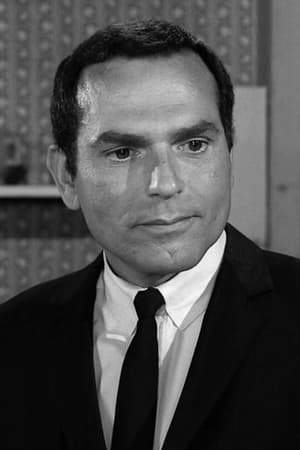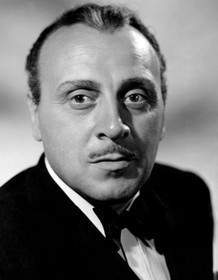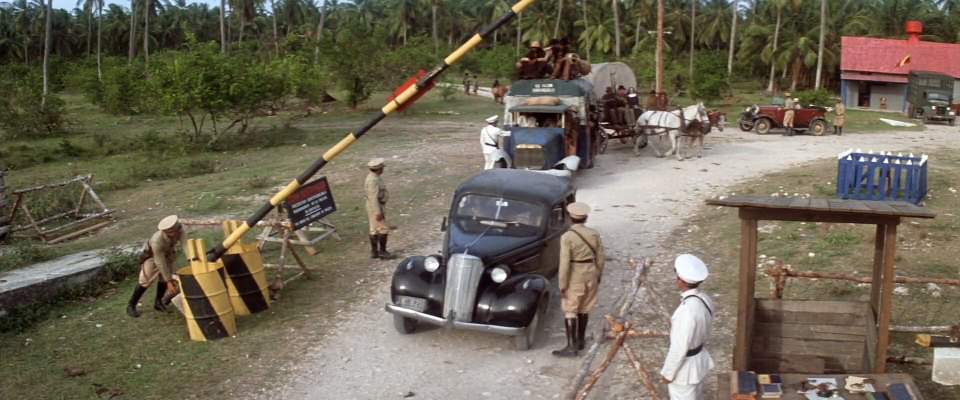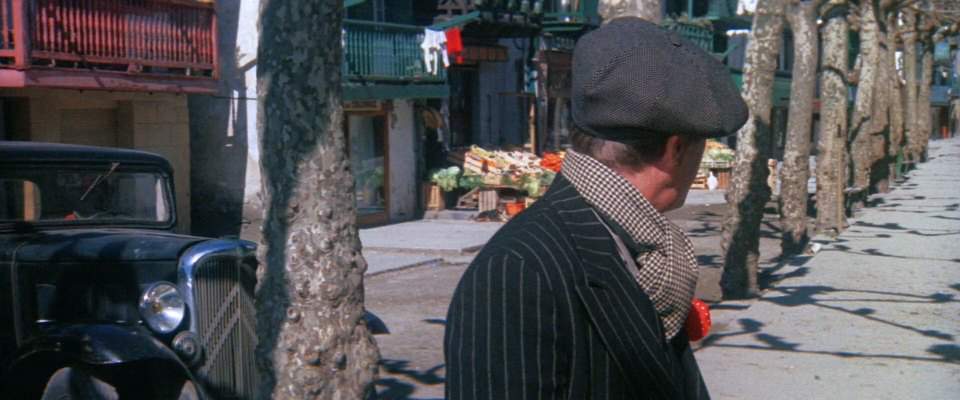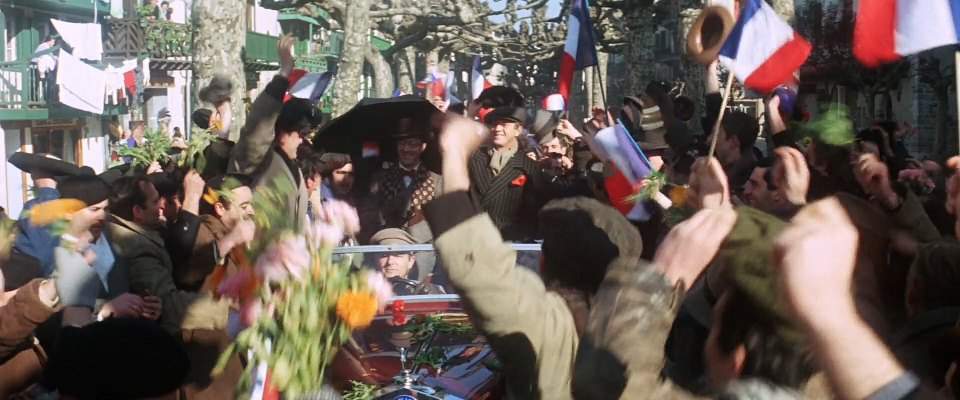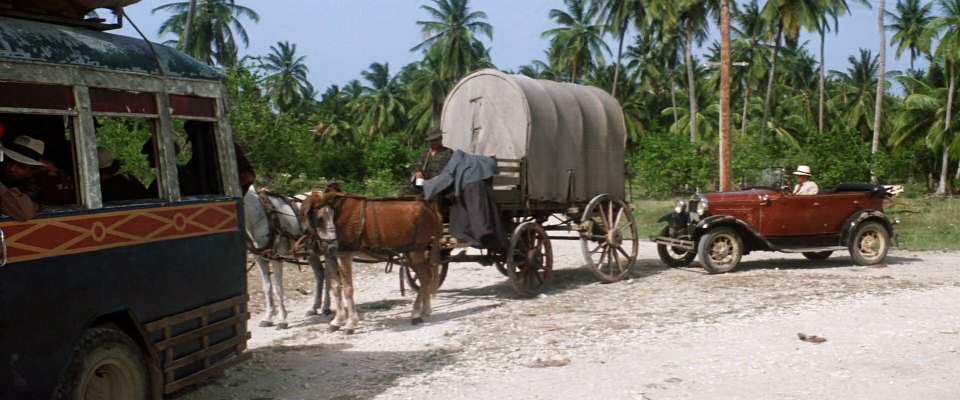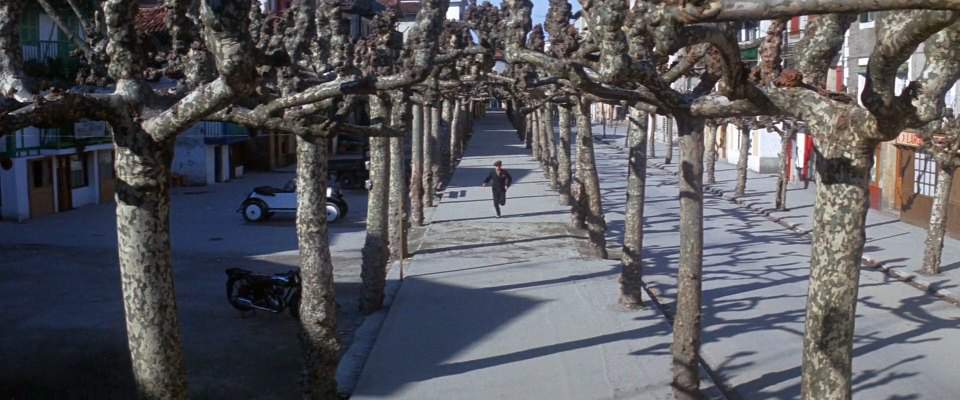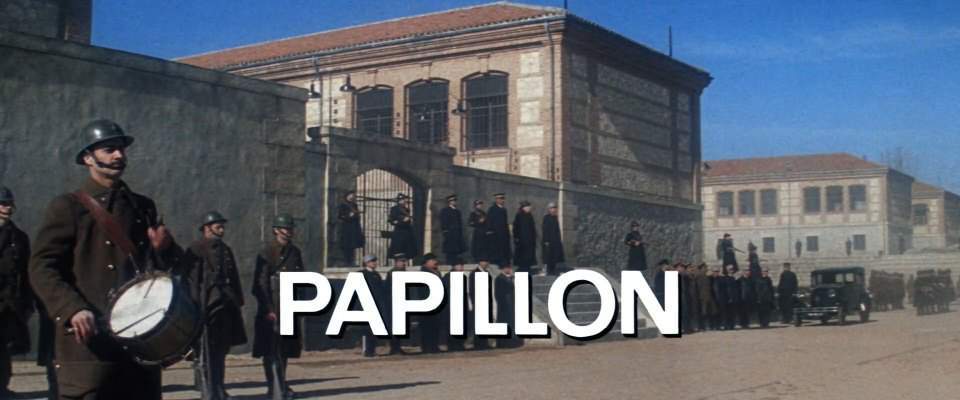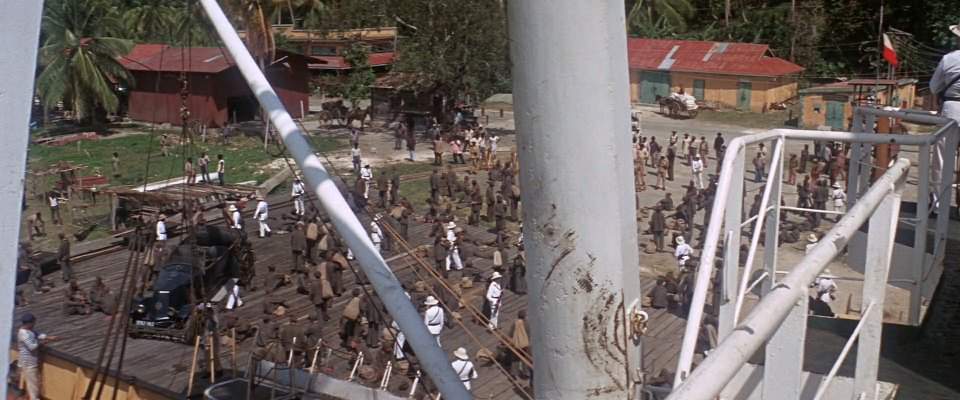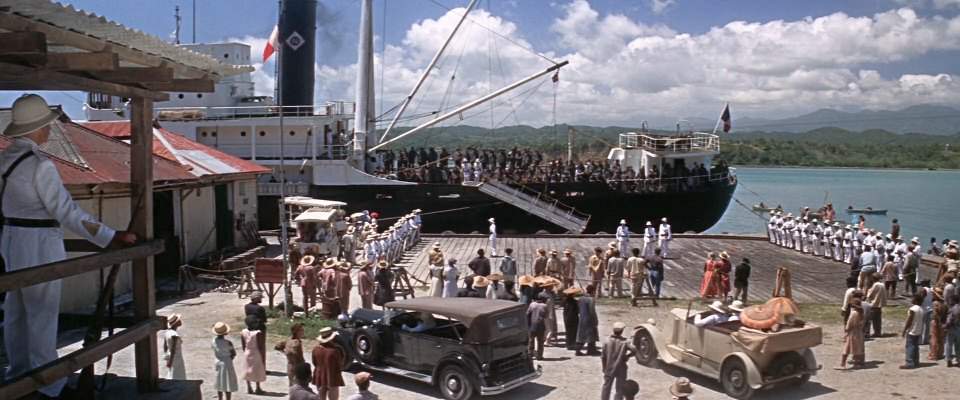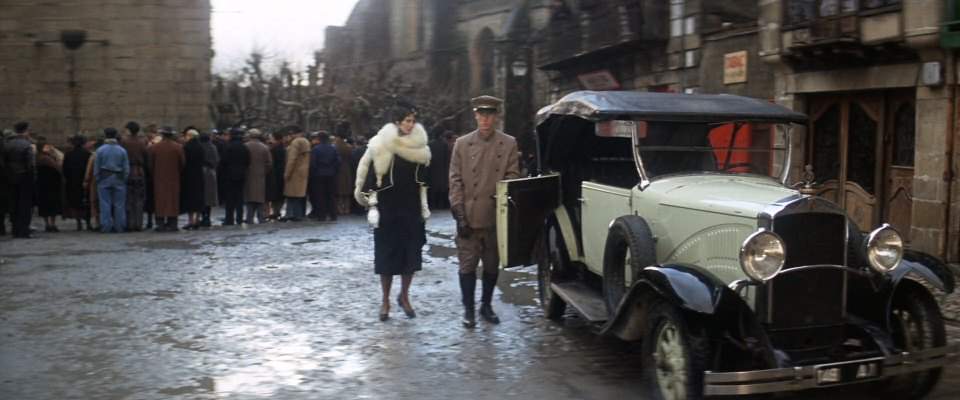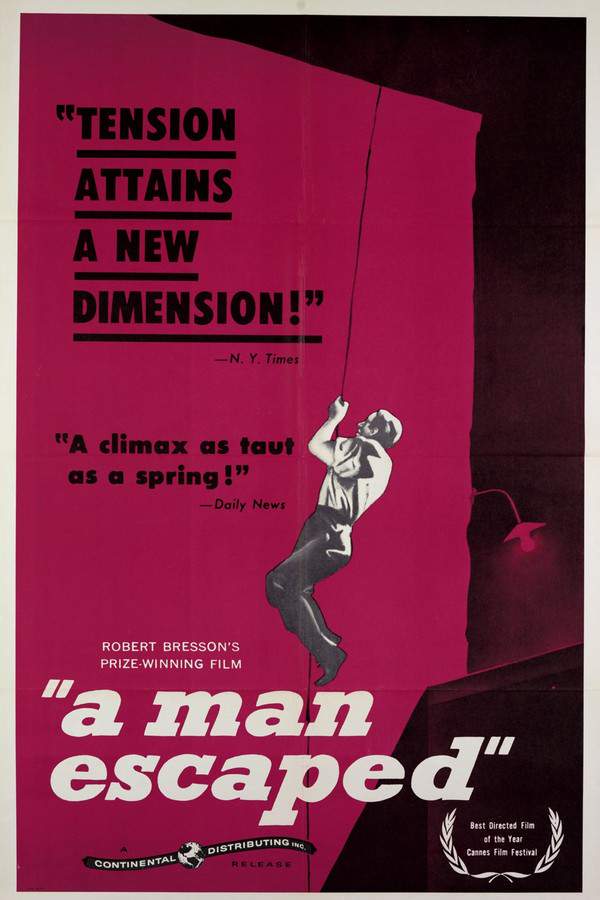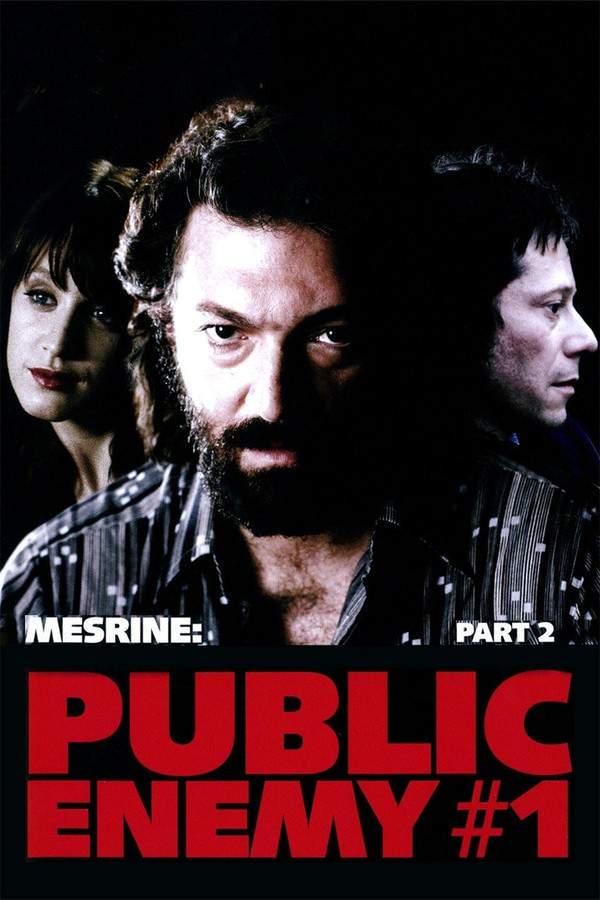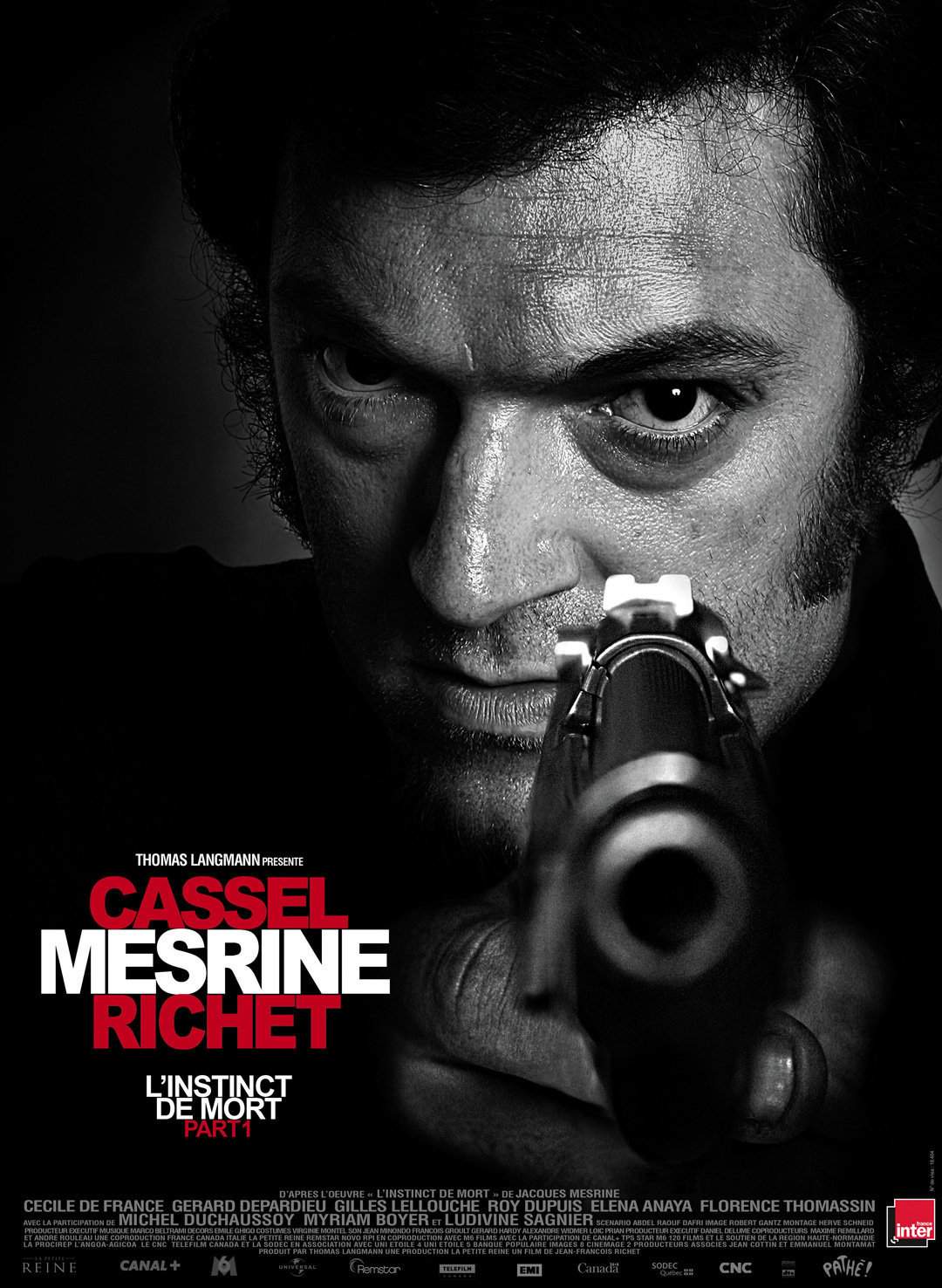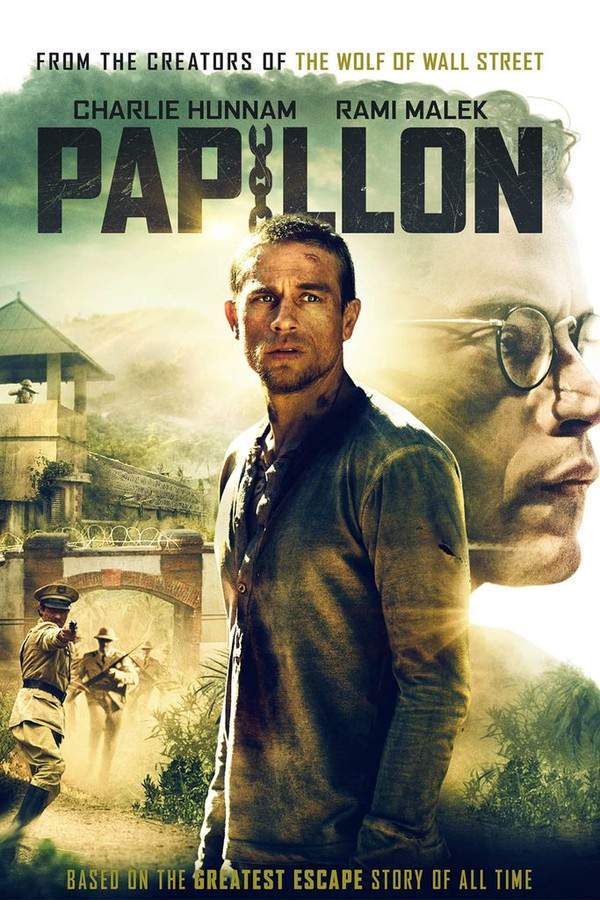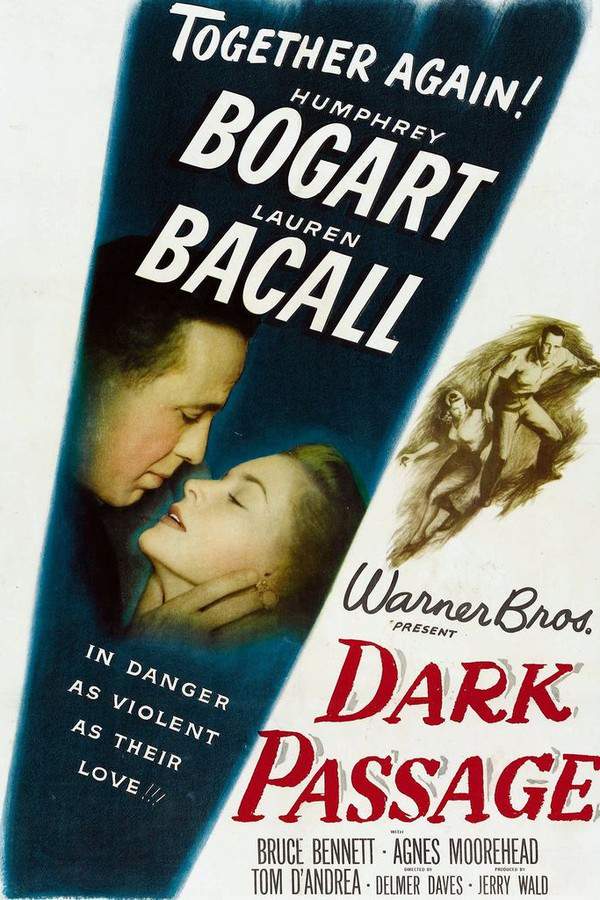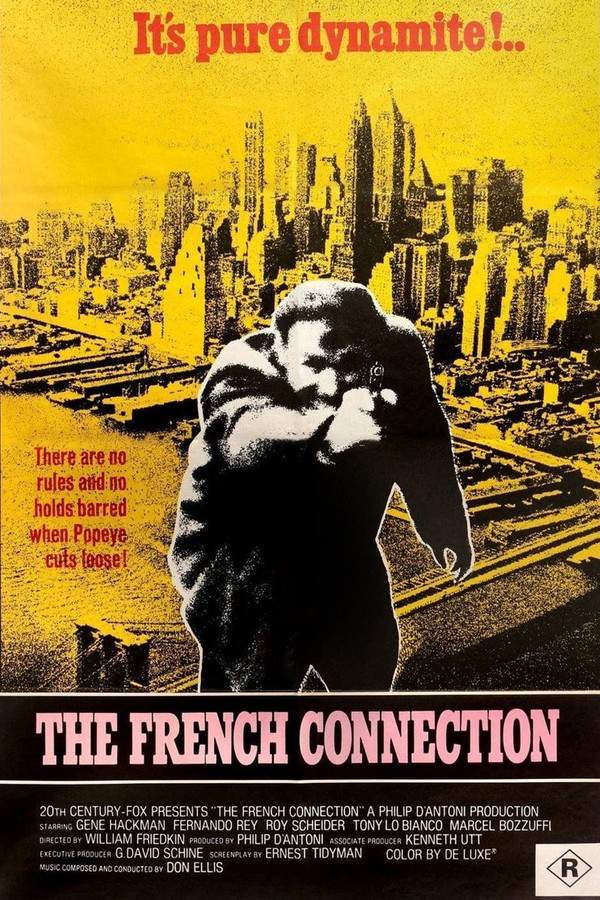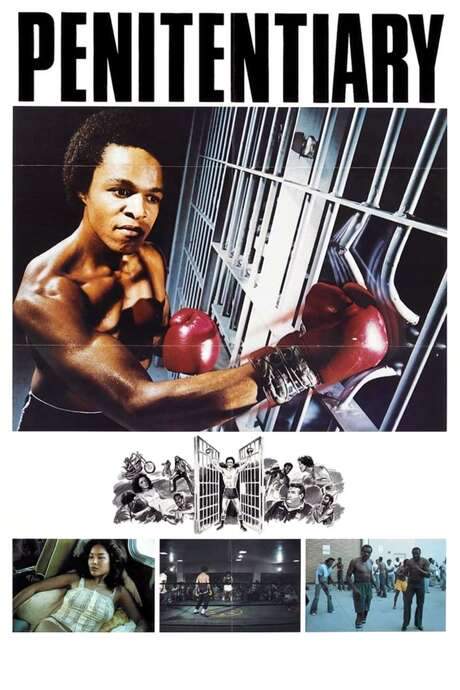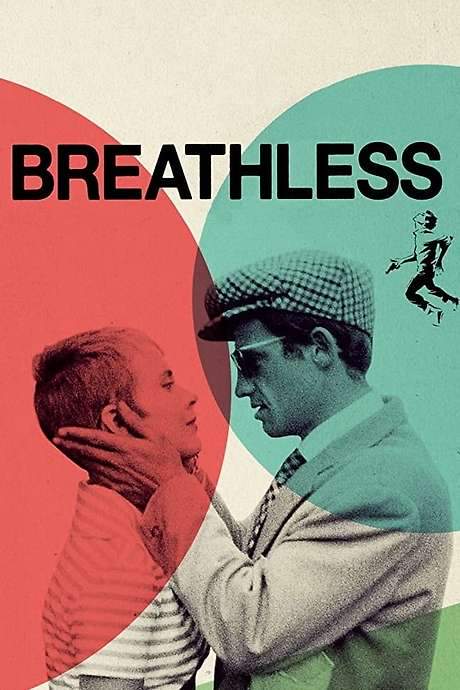Papillon 1973
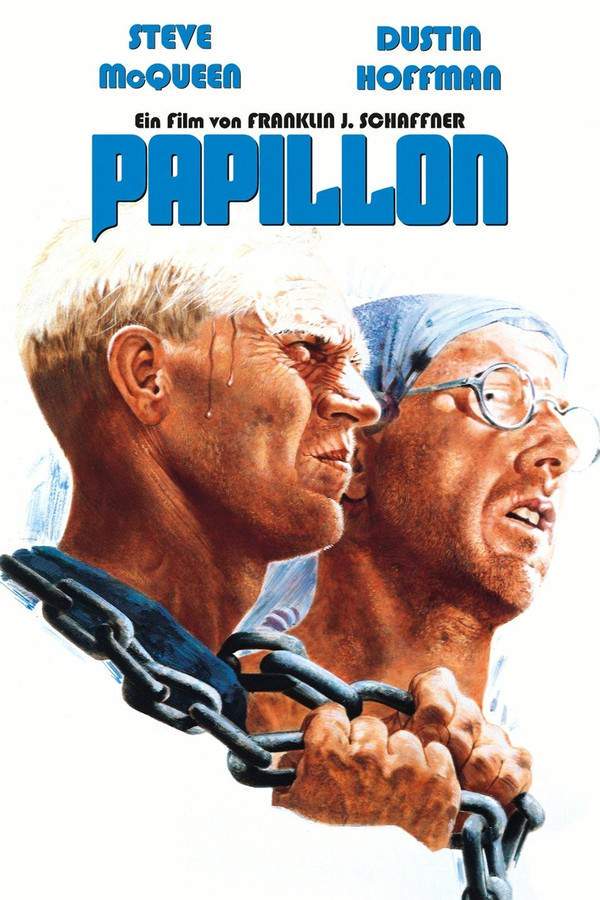
Henri Charriere, nicknamed "Papillon," and Louis Dega forge an unexpected friendship while incarcerated in French Guiana’s harsh penal colony. Driven by an unwavering desire for liberation, Papillon inspires Dega to join him in a risky escape plan. Their journey is fraught with danger, including brutal treatment, the challenges of survival in a remote and unforgiving landscape, and the ever-present possibility of discovery and recapture as they fight for their freedom.
Does Papillon have end credit scenes?
No!
Papillon does not have end credit scenes. You can leave when the credits roll.
Meet the Full Cast and Actors of Papillon
Explore the complete cast of Papillon, including both lead and supporting actors. Learn who plays each character, discover their past roles and achievements, and find out what makes this ensemble cast stand out in the world of film and television.
External Links and Streaming Options
Discover where to watch Papillon online, including streaming platforms, rental options, and official sources. Compare reviews, ratings, and in-depth movie information across sites like IMDb, TMDb, Wikipedia or Rotten Tomatoes.
Ratings and Reviews for Papillon
See how Papillon is rated across major platforms like IMDb, Metacritic, and TMDb. Compare audience scores and critic reviews to understand where Papillon stands among top-rated movies in its genre.

58
Metascore
7.9
User Score


73%
TOMATOMETER

90%
User Score

8.0 /10
IMDb Rating

78
%
User Score
Take the Ultimate Papillon Movie Quiz
Challenge your knowledge of Papillon with this fun and interactive movie quiz. Test yourself on key plot points, iconic characters, hidden details, and memorable moments to see how well you really know the film.
Papillon (1973) Quiz: Test your knowledge on the gripping tale of resilience and escape in Papillon.
What year is Henri Charriere, also known as Papillon, wrongfully accused of murder?
1930
1933
1937
1940
Show hint
Awards & Nominations for Papillon
Discover all the awards and nominations received by Papillon, from Oscars to film festival honors. Learn how Papillon and its cast and crew have been recognized by critics and the industry alike.
46th Academy Awards 1974
Music (Original Dramatic Score)
31st Golden Globe Awards 1974
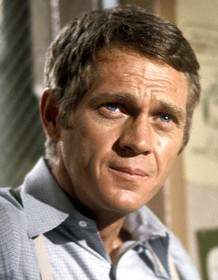
Full Plot Summary and Ending Explained for Papillon
Read the complete plot summary of Papillon, including all major events, twists, and the full ending explained in detail. Explore key characters, themes, hidden meanings, and everything you need to understand the story from beginning to end.
Henri Charrière, known affectionately as “Papillon”, represented by Steve McQueen, is a skilled safe-cracker in 1933 France, branded with a butterfly tattoo on his chest. Wrongfully accused of a murder he did not commit, he finds himself sentenced to life imprisonment in the brutal penal system of French Guiana in South America. During his harrowing journey, he crosses paths with Louis Dega, portrayed by Dustin Hoffman, a notorious forger and embezzler who believes that his wife will orchestrate his escape. Despite initial reluctance, Papillon offers to protect Dega in exchange for financial backing for their escape plan, especially after a frightening incident on the transport ship shakes Dega’s confidence.
Upon arriving in the hellish landscapes of St Laurent, where 40% of inmates perish in the first year alone, Papillon learns the grim realities of life within the vast jungle prison, cut off from civilization. Here, he encounters fellow prisoner Julot (Don Gordon](/actor/don-gordon)), who educates him on the harsh rules governing prison life, which includes punitive measures for escape attempts—two years in solitary for the first, and five added for subsequent attempts. The oppressive warden, William Smithers, represents the unyielding system they are forced to navigate.
In a twist of fate, Dega manages to bribe a guard and keeps the pair safe from the dreaded work camps, although they are ultimately sent to labor at the Kilo-40 timber yard. In this nightmarish existence, prisoners are subjected to inhumane conditions: subpar food, inadequate living spaces, and brutal treatment. Despite it all, Papillon forges a bond with Dega and they plot their escape.
Papillon, seizing a rare opportunity, convinces a butterfly trader to assist them in arranging a boat. Unfortunately, their plan falters when Papillon is captured after defending Dega from a vicious guard and finds himself sentenced to solitary confinement on a desolate island. Enduring deprivation and punishment, where he even resorts to eating insects, Papillon remains resolute, unwilling to betray Dega.
Eventually freed, Papillon recovers and meets Dega again, who has gained favor in the prison system as the chief clerk. However, the passage of time weighs heavy on Papillon, who feels a sense of urgency to escape. He recruits fellow inmates, including Clusiot (Woodrow Parfrey) and Maturette (Robert Deman), in a daring escape plan that culminates in a chaotic attempt to flee the prison.
During their escape, the precariousness of their situation escalates as Dega injures himself, and the trio inadvertently exposes the betrayal of their guide, Pascal (Val Avery), leading to a tense pursuit. They manage to evade capture with help from a local trapper, finding temporary refuge in a leper colony where they acquire a seaworthy boat.
The journey is fraught with peril, culminating in a dramatic confrontation with soldiers, leading to the capture of Dega and Maturette, while Papillon narrowly escapes. Finding solace among a native tribe and experiencing a moment of love, he soon discovers that freedom comes at a steep price, as he is betrayed and recaptured while seeking refuge.
Back in the confines of French Guiana, he is subjected to another stint in solitary, emerging battered and aged, only to locate his friend Dega, who has succumbed to despair. As they plot their next escape from the cliffs of Devil’s Island, Dega’s apprehension leads him to plead with Papillon to abandon the plan. However, driven by the hope of liberation, Papillon jumps into the sea, where he finally finds the currents of freedom.
The story concludes with a solemn narrator hinting at Papillon’s ultimate escape from the unyielding grip of the prison system, while the prison itself, a relic of torture, fades into history. Though the film diverges in various ways from the original book, what remains is a tale of resilience and an indomitable spirit against the crushing weight of wrongful incarceration.
Uncover the Details: Timeline, Characters, Themes, and Beyond!

Coming soon on iOS and Android
The Plot Explained Mobile App
From blockbusters to hidden gems — dive into movie stories anytime, anywhere. Save your favorites, discover plots faster, and never miss a twist again.
Sign up to be the first to know when we launch. Your email stays private — always.
Watch Trailers, Clips & Behind-the-Scenes for Papillon
Watch official trailers, exclusive clips, cast interviews, and behind-the-scenes footage from Papillon. Dive deeper into the making of the film, its standout moments, and key production insights.
Cars Featured in Papillon
Explore all cars featured in Papillon, including their makes, models, scenes they appear in, and their significance to the plot. A must-read for car enthusiasts and movie buffs alike.
Papillon Themes and Keywords
Discover the central themes, ideas, and keywords that define the movie’s story, tone, and message. Analyze the film’s deeper meanings, genre influences, and recurring concepts.
Papillon Other Names and Titles
Explore the various alternative titles, translations, and other names used for Papillon across different regions and languages. Understand how the film is marketed and recognized worldwide.
Similar Movies To Papillon You Should Know About
Browse a curated list of movies similar in genre, tone, characters, or story structure. Discover new titles like the one you're watching, perfect for fans of related plots, vibes, or cinematic styles.
Quick Links: Summary, Cast, Ratings, More

What's After the Movie?
Not sure whether to stay after the credits? Find out!
Explore Our Movie Platform
New Movie Releases (2025)
Famous Movie Actors
Top Film Production Studios
Movie Plot Summaries & Endings
Major Movie Awards & Winners
Best Concert Films & Music Documentaries
Movie Collections and Curated Lists
© 2025 What's After the Movie. All rights reserved.



